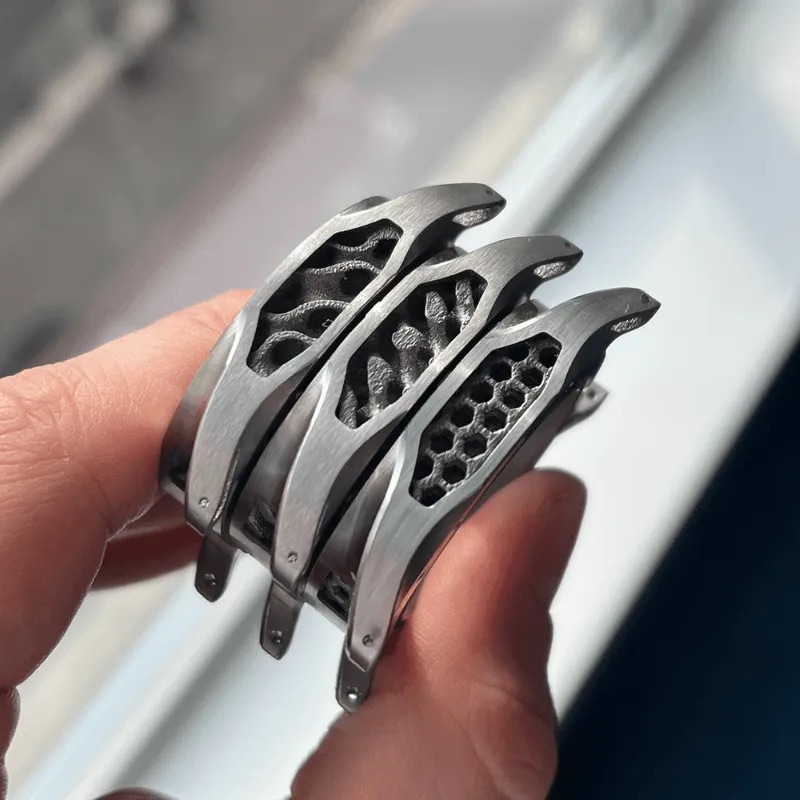Elevate your design and manufacturing processes with Autodesk Fusion
The horology industry has seen major technological changes throughout the years. Now, starting to see the beginning of another significant shift: metal 3D-printed watches. The folks behind Apiar watches are leading the way on what’s possible with their newly developed Invenire v1.0 wristwatch.

In the 70s, the rise of quartz technology, miniaturizing circuit boards, and digital displays made it possible for more accurate timekeeping. This disrupted the industry, marking a major change in traditional watch-making.
The introduction of CAD and CAM in later decades paved the way for watchmakers to produce mechanical watches again with greater precision and consistency, leading to higher quality, greater customization, and more reliable wristwatches.

Even with all of the technological advancements that have occurred since then, the most common way to manufacture watch cases has been with subtractive processes, CNC’d out of a block of 316L stainless steel (or 904L if you’re really fancy).
Apiar, on the other hand, uses additive manufacturing to 3D print their watch case using Laser Powder Bed Fusion from Grade 23 titanium powder, allowing them to push the boundaries of what’s possible.
Bringing metal 3D printing to watch design
According to Apiar, the process, “harnesses the energy from high-powered lasers to selectively melt metal powder. Best conceptualized as forming from the powder a single ‘slice’ or layer (each merely 0.06mm in thickness) of a larger 3D part. Over thousands of layers, the near-net shape cases are printed and ready for postprocessing and polishing.”
This process also enables Apiar unprecedented design freedom to make the Invenire v1.0 stand out with its signature design feature: an exposed latticed case design.


Complex lattice geometrics are typically seen as infill patterns in FDM (Fused Deposition Modeling) prints, but founder and co-founder Matt and Sam decided to show them off on the outside of the watch case, as well as the strap buckle. This has never been done in the watch industry until now. Talk about a great conversation starter!

Tying workflows together with CAD/CAM
The CAD/CAM workflow is where Fusion brought it all together for Apiar. Every aspect of the watch (excluding the movement) has been meticulously designed, rendered, and documented in their respective workspaces. Additive Build Simulation was used to set up the printing process for a near-net case shape print. CAM toolpaths were then created for case post-processing as well as dial manufacturing.
As a small independent watchmaker, Apiar also prides itself on manufacturing as much as it can locally. With strong partnerships and supply chain onshored in the UK.
As a result, this boosts local manufacturing and gives them more control over their logistical carbon emissions. Not only are they reducing material waste by using additive manufacturing, but Apiar is also using sustainable materials in their leather straps and protective packaging.

Standing out from the crowd
While smartwatches have gained popularity in the mainstream consciousness, watch enthusiasts are always looking for pieces that make them stand out from the crowd. Apiar is a standout example of a watch company pushing aesthetic and manufacturing boundaries by employing metal additive manufacturing and visible lattice geometries.